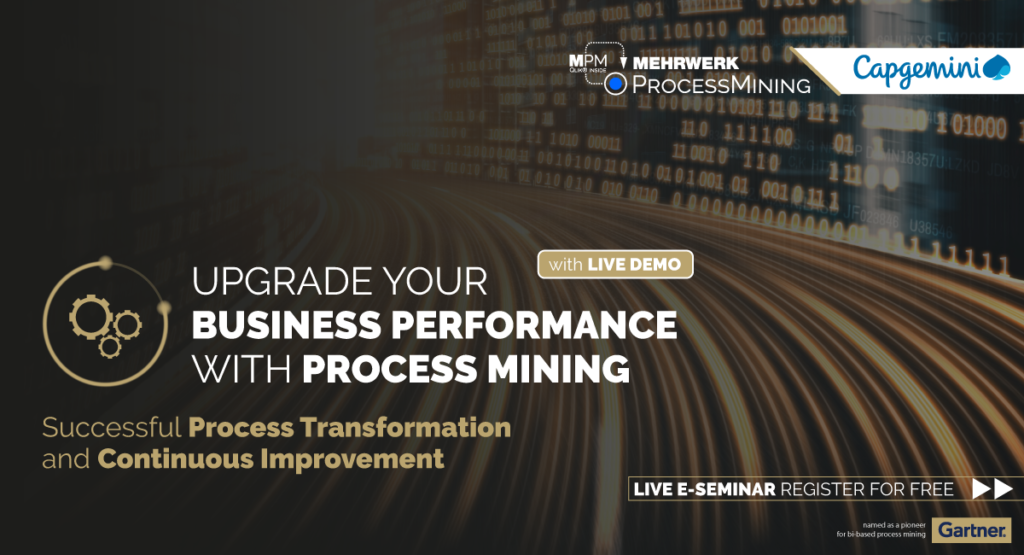How can enterprises measure and improve their processes and thus their business performance? How can changes made within processes be defined and their effects be verified?
Companies have been trying to optimize their business processes not only since the advent of process analysis technologies such as Process Mining. Since the 1970s, numerous methods have emerged that are dedicated to the topic of business process improvement in one way or another. Among the most popular methods are TQM (Total Quality Management), Six Sigma, Lean Management and Rapid Improvement. Regardless of the exact methodology, ALL have always faced one key challenge: how to effectively measure the "as-is" process. After all, capturing and assessing as-is processes and associated KPIs is the cornerstone for optimization and achieving specific goals – whether it's to increase customer satisfaction, reduce operational costs, or improve other KPIs.
If you can’t measure it, you can’t improve it.
– Peter Drucker
And this is exactly where Process Mining technology revolutionizes the basis for process optimization by providing a reliable, objective and holistic end-to-end view of processes – all completely automated and, above all, repeatable as required. Where previously long process interviews had to be conducted with a lack of objectivity, processes mapped manually, and consulting obtained, Process Mining suddenly brings an unprecedented speed and transparency into play.
PROCESS MINING
[ˈprəʊ.ses ˈmaɪ.nɪŋ], the; (Business Process Discovery)
Automated business process analysis – with all relevant key figures – based on digital traces in IT systems. Implicit and otherwise hidden process knowledge contained in data is visualized and thus becomes tangible and transportable.
Does this mean that business process improvement methods, including experts and consulting agencies, have lost their justification for existence and that Process Mining is the panacea? No, of course it does not. However, Process Mining can be seen as an elementary, accompanying tool. Because regardless of which process you want to optimize, the improvement process/methodology follows a similar path: Identify the need for optimization, gain a deep understanding of the process you want to improve, redesign the process, implement the change, reflect and benchmark. In particular, the critical early step of gaining a deep understanding of how the process actually works in practice is revolutionized by Process Mining – but Process Mining also provides a powerful companion toolkit to all other phases. Functionalities ranging from conformance checking, automated root cause analysis, fitness/happy path checking, benchmarking as well as active monitoring and alerting to process prediction offer unprecedented capabilities.
Webinar on Demand | Would you like to hear from methodology experts and tool developers and learn how you can successfully and sustainably establish Process Mining in your company as part of continuous process optimization? Then we have an online event recommendation for you.

